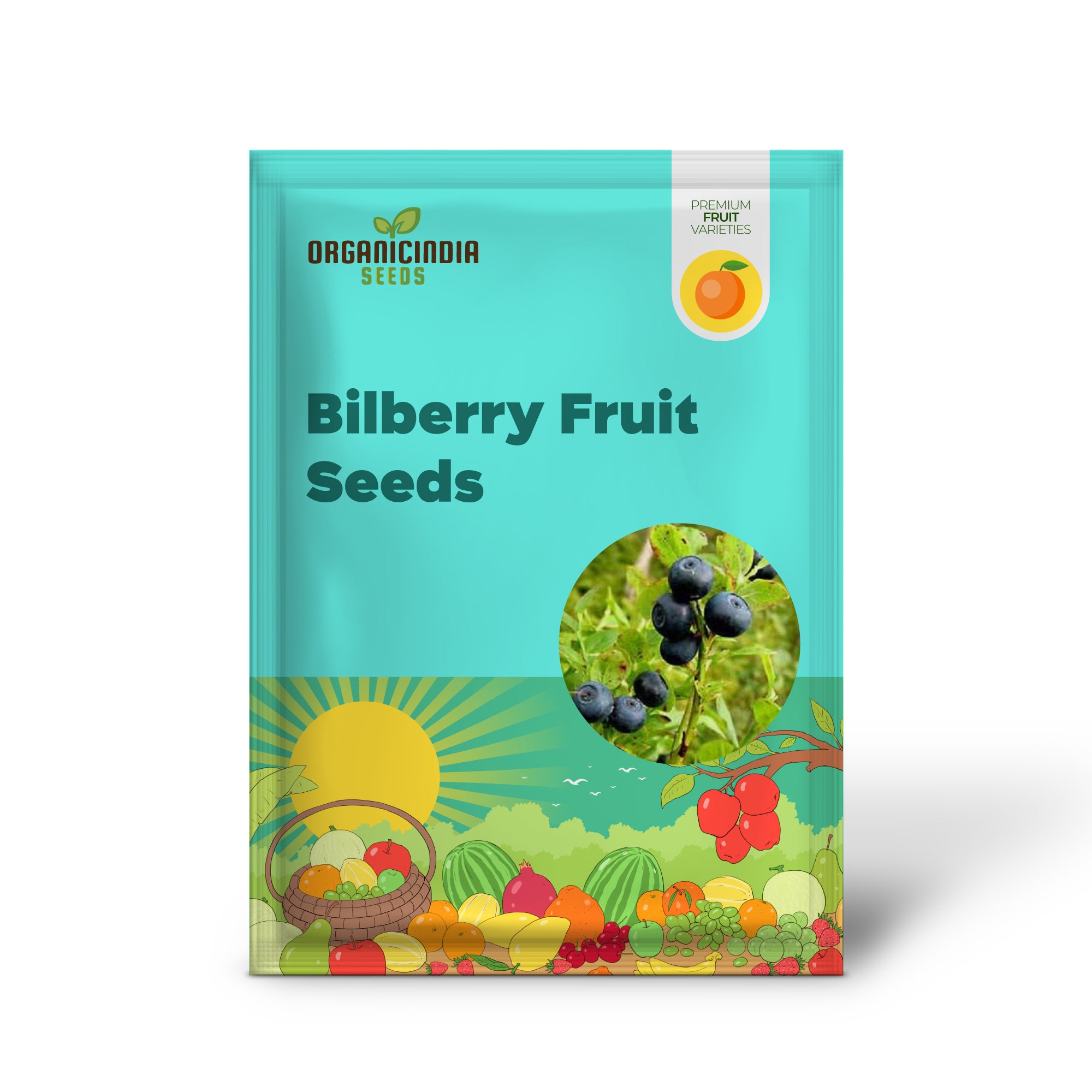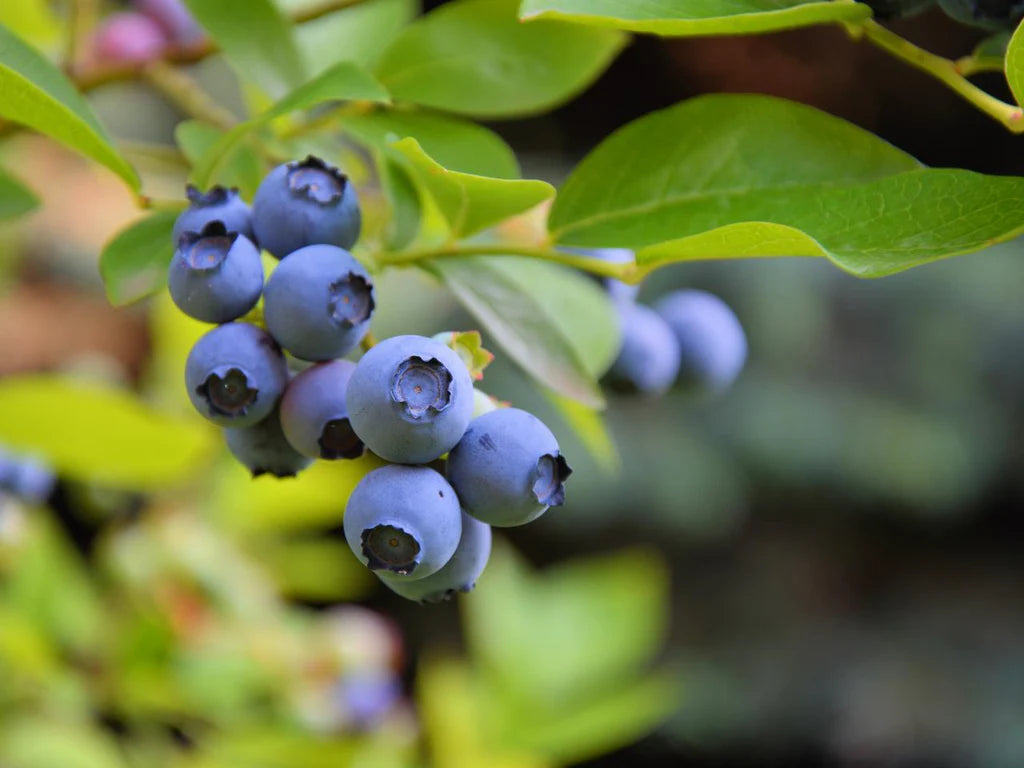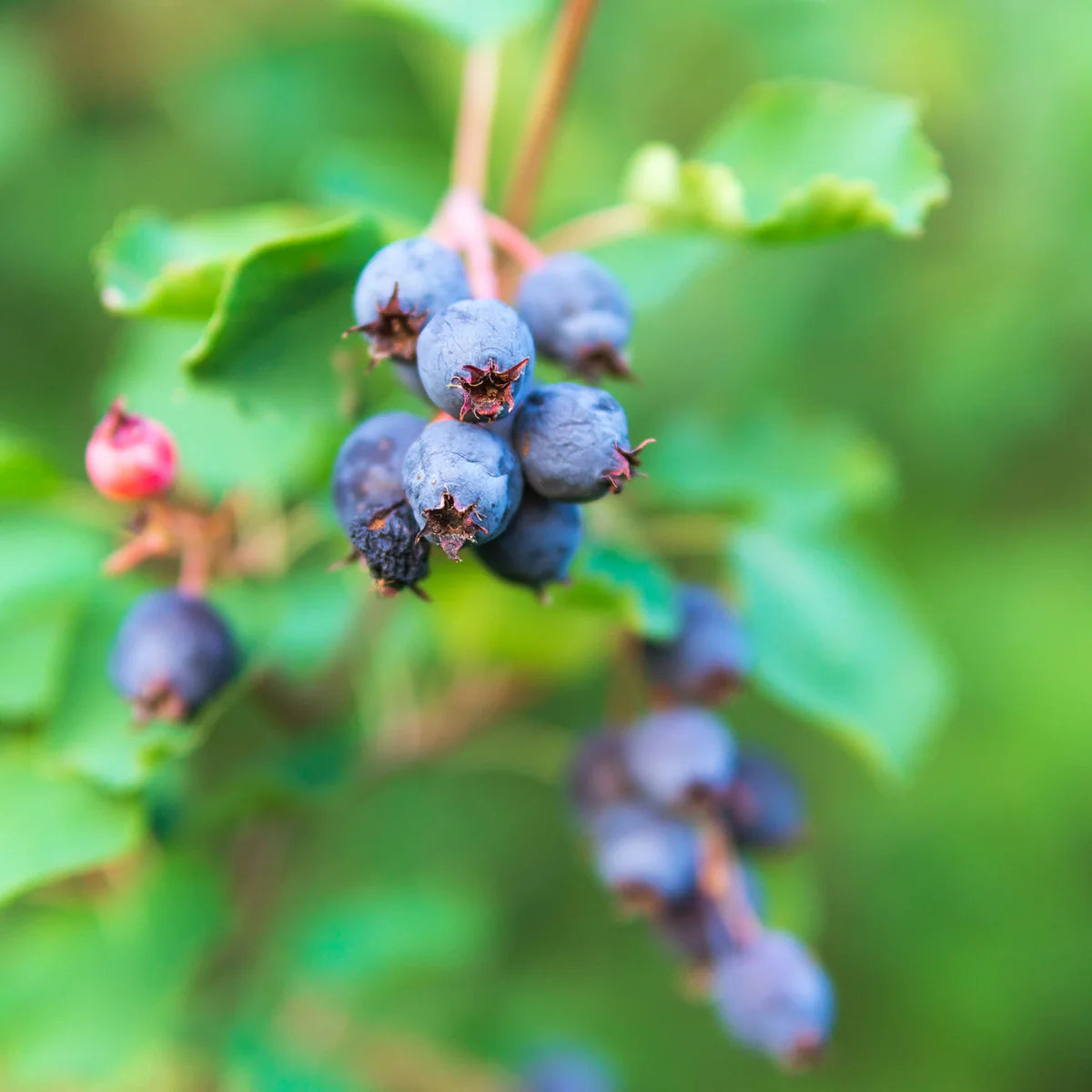







Free Shipping
Safe & Secure Payments
Experience the joy of growing your own Common Bilberry (Vaccinium myrtillus) — a hardy, wild European berry shrub known for its deep blue-purple fruits and rich nutritional value. Closely related to the blueberry, bilberries are prized for their intense flavor and health-boosting antioxidants. These low-growing shrubs thrive in cool climates and acidic soils, making them ideal for home gardeners looking to cultivate nutrient-dense berries for fresh use, baking, or natural health supplements.
Rich, Tangy Flavor: Similar to blueberries but with a stronger, more complex taste.
Nutrient-Dense: Packed with antioxidants, vitamin C, and anthocyanins.
Cold-Hardy Shrub: Perfect for temperate and northern climates.
Wildlife Friendly: Attracts bees, butterflies, and birds.
Low Maintenance: Adaptable to poor, acidic soils and partial shade.
Botanical Name: Vaccinium myrtillus
Common Name: Bilberry, European Blueberry, Whortleberry
Seed Type: Non-GMO Fruit Shrub Seeds
USDA Hardiness Zones: 3 – 8
Growth Habit: Deciduous, low-growing shrub
Mature Height: 6 – 18 inches (15 – 45 cm)
Spread: 1 – 2 feet (30 – 60 cm)
Sun Exposure: Partial shade to full sun
Soil Type: Well-drained, sandy or peaty, highly acidic soil (pH 4.0 – 5.5)
Watering Needs: Moderate; prefers consistent moisture
Germination Time: 30 – 60 days
Planting Depth: 1/8 inch (3 mm)
Planting Season: Late winter to spring (after cold stratification)
Temperature for Germination: 60 – 70 °F (16 – 21 °C)
Bloom Time: Late spring
Fruit Time: Mid to late summer
Pollination: Self-fertile; better yield with cross-pollination
Lifespan: 15 – 20 years
Uses: Fresh eating, jams, juices, herbal extracts, desserts, and wildlife habitat
Cold-stratify seeds for 60–90 days in the refrigerator using moist peat or sand.
Sow seeds 1/8 inch deep in acidic, well-draining soil.
Keep the soil moist and provide indirect light or partial shade.
Once seedlings are large enough, transplant them outdoors in early spring.
Maintain consistent moisture and mulch with pine needles to retain acidity.
Avoid over-fertilizing; bilberries prefer low-nutrient soils.
Choose options





